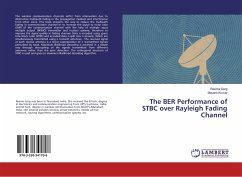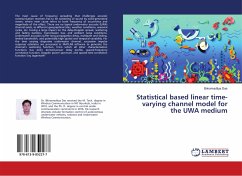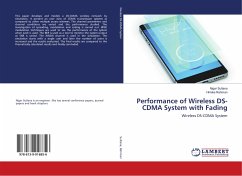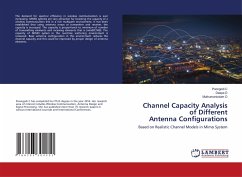
Secrecy Performance of the Wiretap Channel
Versandkostenfrei!
Versandfertig in 6-10 Tagen
29,99 €
inkl. MwSt.

PAYBACK Punkte
15 °P sammeln!
Data transmission is the most common functionality our modern Human civilizations rely on. Securing Data during communications or transmissions has become a pressing issue to deal with. Initial ways to secure included cryptography and encryption techniques. Recent studies revealed promising security implementations possible with Physical layer techniques. A new field called Information Theoretic security studies has been developed to study physical layer techniques. This study considers a main legitimate channel and an Eavesdropper's channel. Various metrics such as Secrecy Outage Probability,...
Data transmission is the most common functionality our modern Human civilizations rely on. Securing Data during communications or transmissions has become a pressing issue to deal with. Initial ways to secure included cryptography and encryption techniques. Recent studies revealed promising security implementations possible with Physical layer techniques. A new field called Information Theoretic security studies has been developed to study physical layer techniques. This study considers a main legitimate channel and an Eavesdropper's channel. Various metrics such as Secrecy Outage Probability, Strictly positive secrecy capacity are derived to characterize the channels to understand security. Randomness is understood to be the key element in Physical layer security. In this paper, we consider Fading in channels to enable randomness. For different fading channels, defined metrics are derived. To overcome the limitations of Outage Probability, a new metric called General Secrecy outage probability is derived. In this paper, how various factors such as SNR ratios, Rician factors affect those characterized metrics is observed. For different theta values, secrecy conditions are analyzed.












